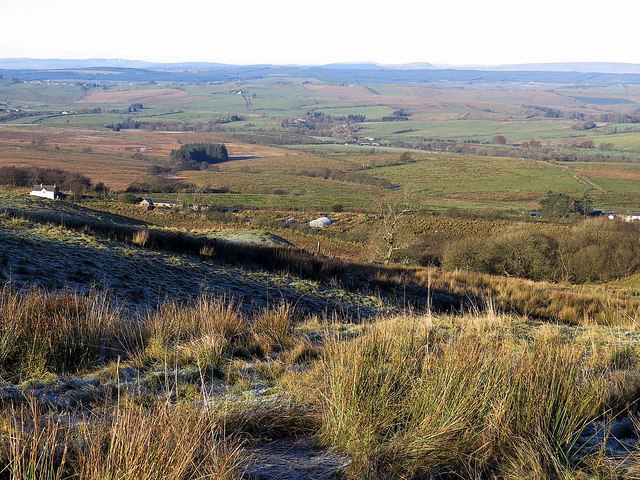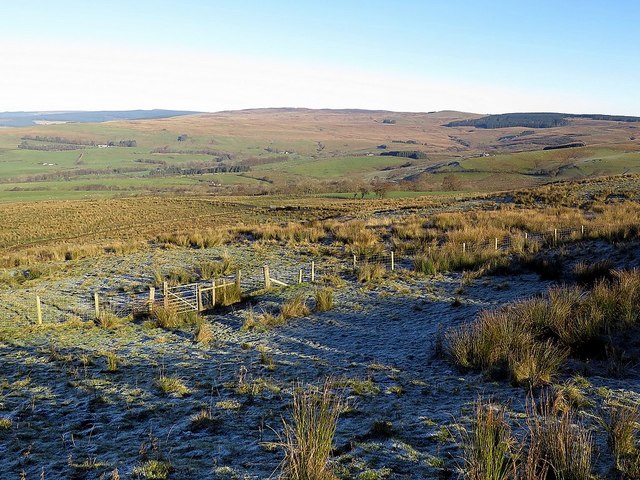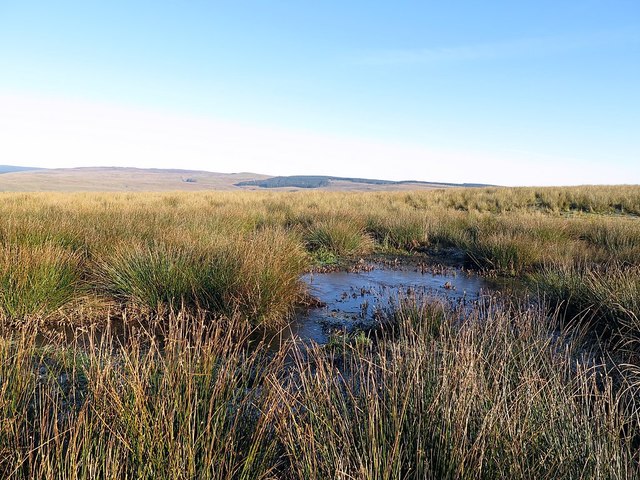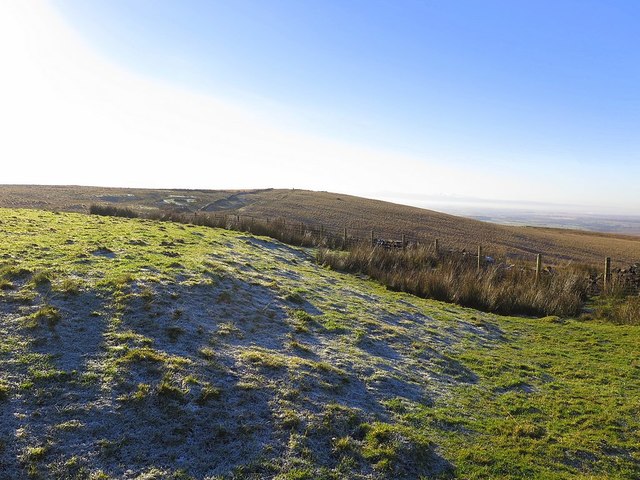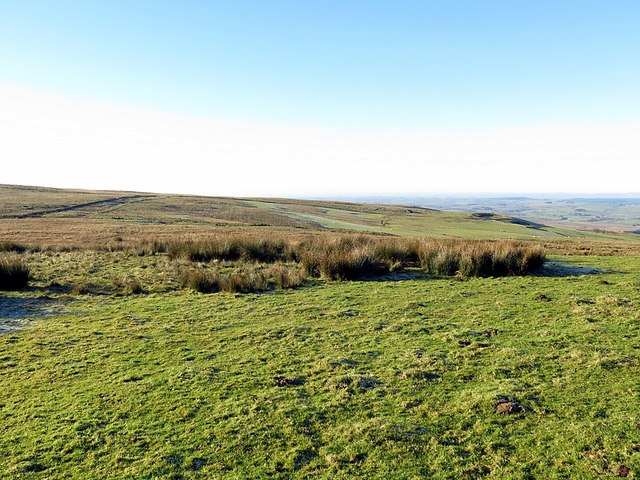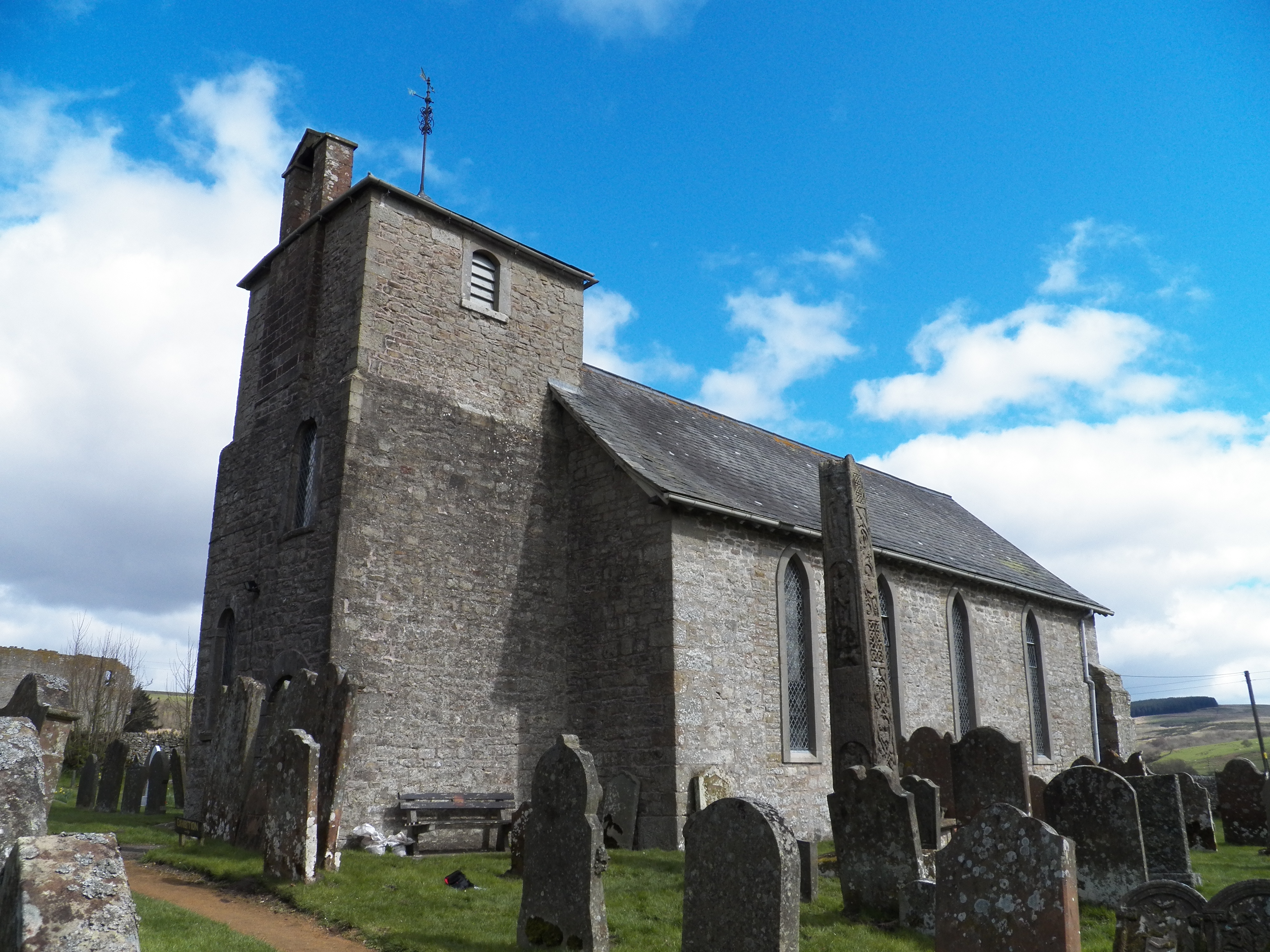Side Fell
Downs, Moorland in Cumberland Carlisle
England
Side Fell

Side Fell is a picturesque area located in the county of Cumberland, England. It forms part of the famous North Pennines, known for its stunning landscapes and natural beauty. The Fell is situated in the western region of the Pennines, near the town of Alston.
Side Fell is characterized by its rugged and wild terrain, consisting of rolling hills, moorlands, and downs. The landscape is predominantly covered in heather, grasses, and scattered shrubs, giving it a distinct and vibrant appearance throughout the year. The area is also home to numerous streams and small rivers that flow through the valleys, adding to the charm and tranquility of the surroundings.
The Fell offers fantastic opportunities for outdoor enthusiasts, with many walking trails and hiking routes for visitors to explore. Its elevated position provides breathtaking views of the surrounding countryside, including the nearby Nent Valley and the impressive Cross Fell, the highest peak in the Pennines.
Wildlife enthusiasts will also be delighted by the diverse range of flora and fauna found in Side Fell. The moorland habitat supports a variety of bird species, including red grouse, curlews, and golden plovers. Additionally, the Fell is home to several species of butterflies, such as the common blue and orange tip.
Side Fell is a haven for those seeking solace in nature, offering a peaceful and idyllic retreat away from the hustle and bustle of urban life. Its unspoiled landscapes and rich biodiversity make it a must-visit destination for nature lovers and outdoor adventurers alike.
If you have any feedback on the listing, please let us know in the comments section below.
Side Fell Images
Images are sourced within 2km of 55.054007/-2.6469081 or Grid Reference NY5873. Thanks to Geograph Open Source API. All images are credited.




Side Fell is located at Grid Ref: NY5873 (Lat: 55.054007, Lng: -2.6469081)
Administrative County: Cumbria
District: Carlisle
Police Authority: Cumbria
What 3 Words
///compounds.crank.forge. Near Greenhead, Northumberland
Nearby Locations
Related Wikis
Kingwater
Kingwater is a civil parish in City of Carlisle district, Cumbria, England. At the 2011 census it had a population of 170. The parish is bordered to the...
Bewcastle Cross
The Bewcastle Cross is an Anglo-Saxon cross which is still in its original position within the churchyard of St Cuthbert's church at Bewcastle, in the...
Bewcastle
Bewcastle is a large civil parish in the Cumberland unitary authority area of Cumbria, England. It is in the historic county of Cumberland. According to...
Bewcastle Castle
Bewcastle Castle is a ruined castle in the parish of Bewcastle in the English county of Cumbria, a few miles from the Scottish border. == History == The...
Have you been to Side Fell?
Leave your review of Side Fell below (or comments, questions and feedback).


